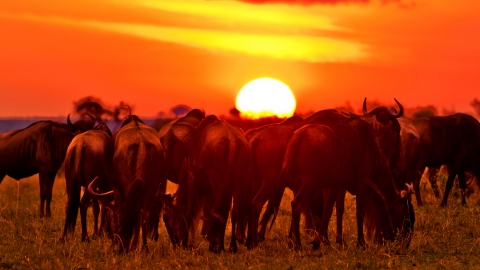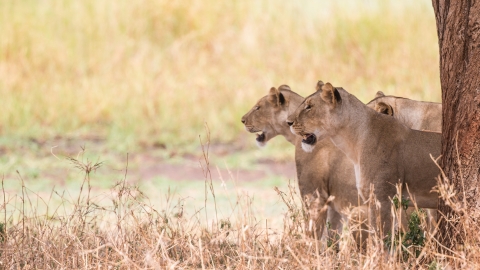The majestic natural landscapes, high-altitude viewpoints and countless wonders at the 11 locations below in Cape Town will be an endless source of inspiration for photographers when visiting this beautiful city.
Lion's Head

If you have ever looked at photos of Cape Town, you will surely notice a rocky mountain rising from the city itself. That iconic mountain is Lion's Head - one of the most popular climbing spots in Cape Town. The mountain is surrounded by a winding trail. It will take visitors a total of about 90 minutes to conquer this path.

Starting with flat, smooth roads, but the higher you go, the more difficult the journey will be. Visitors should avoid exploring this route in bright sunny weather because the South African sun is very harsh and scorching. If possible, don't forget to leave a little early and enjoy the gentle sunrise on the way to conquer the top of Lion's End mountain.
TIP:There are plenty of peaks you can sit on to create the illusion that you’re hanging over the edge of a mountain. It’ll look like you’re risking your life to get a good shot, but the rocks are just a few feet below. Even if you don’t have a DSLR, you can still use portrait mode on your phone to emphasize the depth of field.
Table Mountain

There are many ways to get to the top of Table Mountain, either by taking the tram and enjoying the best views of Cape Town, or by hiking the trails with varying degrees of difficulty. The most popular trail is Platteklip Gorge. It usually takes about 3 to 4 hours to conquer this trail (depending on how hard you exercise). Platteklip Gorge is much more difficult than Lion's Head, so if you don't want to, you can choose to travel by tram.
Checking the weather is also important, as too much cloud can make the journey more difficult. Likes and views aside, this is a perfect spot for a picnic. However, visitors should also be aware of the dassie – a rabbit-like rat that loves to hunt for human food.

TIP:If you’ve never been in a helicopter, this is the time to try it and see Cape Town from above. Note that you should always wear black when taking photos from a helicopter, otherwise you will be overwhelmed by the light from the window. On cloudy days, you may see a layer of cloud over Table Mountain, what the locals call “the tablecloth”.
The Silo Hotel

The Silo is a 28-room luxury hotel on the Victoria and Alfred Waterfront – a historic silo complex that dates back to 1924. If $1,000 a night is out of your budget, you can always stop by for a relaxing sunset cocktail and a photo op in the hotel’s gorgeous lobby before you leave.

Boulders Beach
Famous for its African penguin habitats and giant granite boulders, this sheltered beach is also a popular spot for photographers and sunbathers.
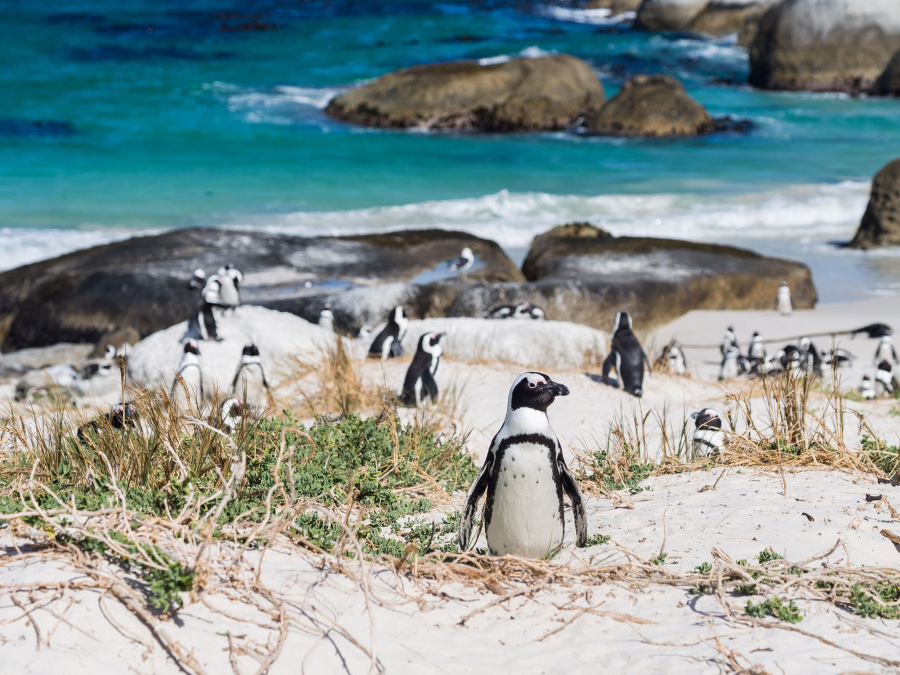
The highlight of this beach is the tuxedo penguins that make a donkey-like sound, but sadly these birds are on the brink of extinction. If you have the chance to come here, you can see them and take pictures with them, but especially note that you should never touch or disturb them.

TIP:Once you arrive on the beach, walk to the left to find a narrow path between large rocks. Finding them is not easy without a guide from the locals, so be careful. After climbing the rocks and wading through knee-high water, you will find a wild area with more penguins than the main area of the beach.
Woodstock

Woodstock has been dubbed the Bushwick of Brooklyn in Cape Town. After a period of decline, the suburb has undergone a major transformation and is now a vibrant and trendy enclave. Entire neighborhoods, homes, and skyscrapers have been revitalized with colorful street art.
Taking a tour of the area and learning the story behind each piece of art is a valuable experience. New murals tend to appear at night and the pieces are constantly changing.

TIP:Before exploring Woodstock's street art, visitors can stop by one of the neighborhood's trendy coffee shops like Espresso Lab Microroasters to start the day on a high note.
Bo-Kaap
Bo-Kaap is famous for its brightly colored houses that make for a vibrant Instagram palette. Not only are they pretty on the outside, but they also have a lot of cultural and historical significance. Bo-Kaap, formerly known as the Malay Quarter, was once home to houses rented by slaves in the 18th century.
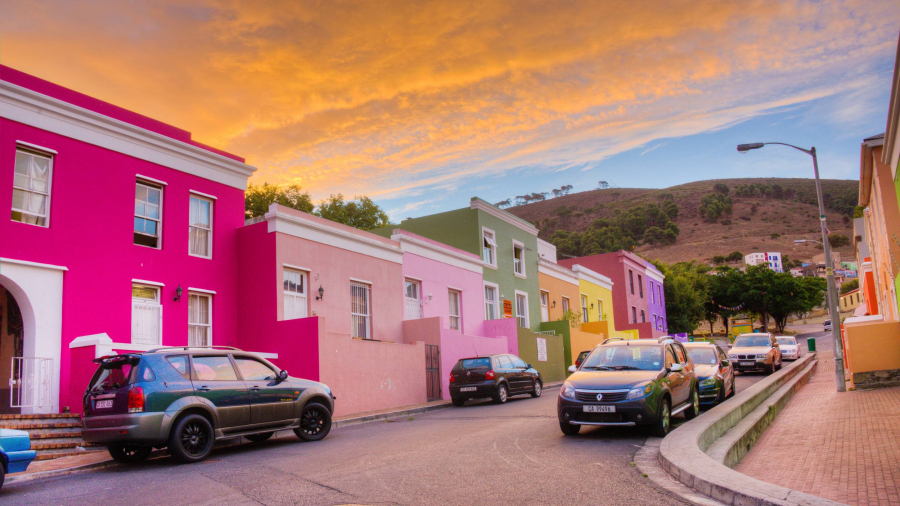
It is said that when houses were rented, they had to be painted white. Until the abolition of slavery, former slaves decided to buy and repaint their houses bright colors as a way to celebrate their freedom.

TIP:Many families in Bo-Kaap have lived here for generations, so when taking photos, visitors should be respectful and remind themselves that the house is still inhabited. Fortunately, many residents are aware of the “hotness” of their homes, so if you see a local, you can introduce yourself and ask permission to take a photo.
Muizenberg Beach

Bo-Kaap isn’t the only colorful spot in Cape Town, Muizenberg Beach is one too. While you’re here, don’t forget to snap a few photos in front of the rainbow-colored houses lining the beach. Muizenberg Beach is the perfect spot for those looking to take a surfing lesson or just soak up some sunshine.

Cape Point
Cape Point is located on the Cape of Good Hope – the southwesternmost point of the African continent (not to be confused with Cape Agulhas – the southernmost point of the continent). Cape Point is a 1 hour and 20 minute drive from Cape Town. Once you arrive at Cape Point, you can take the tram, known as the Flying Dutchman Funicular, to the lighthouse. Here, the spectacular cliffs stretch out as if trying to reach the end of the earth.
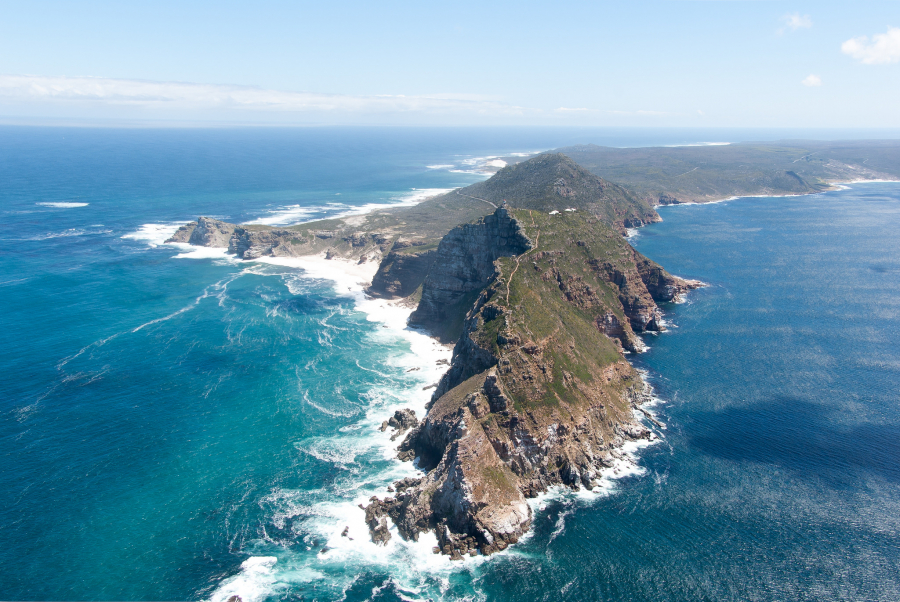
TIP:Whatever you do, don't forget your jacket because the wind at Cape Point is extremely strong.
Signal Hill
Signal Hill is one of the most popular paragliding spots in South Africa. However, you should definitely not try it in Cape Town if it is your first time paragliding because once you have done it, all the paragliding experiences after that will be incomparable.

You will take off from the top of Signal Hill and fly up to 30 metres. The ride can last between 7 and 20 minutes depending on the wind conditions. It may sound scary but this experience in Cape Town is actually very relaxing and comfortable.
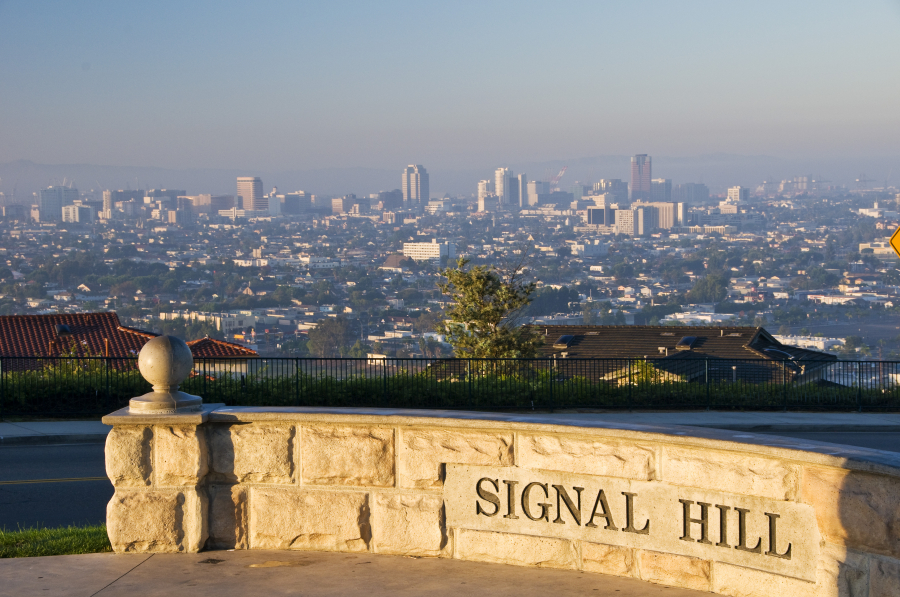
Stellenbosch
The 45-minute journey from Cape Town to the Cape Winelands makes for a great day trip. If you have time in your schedule, consider staying overnight at one of the wineries, especially Boschendale Wine Farm, which has been producing wine and food since 1685.
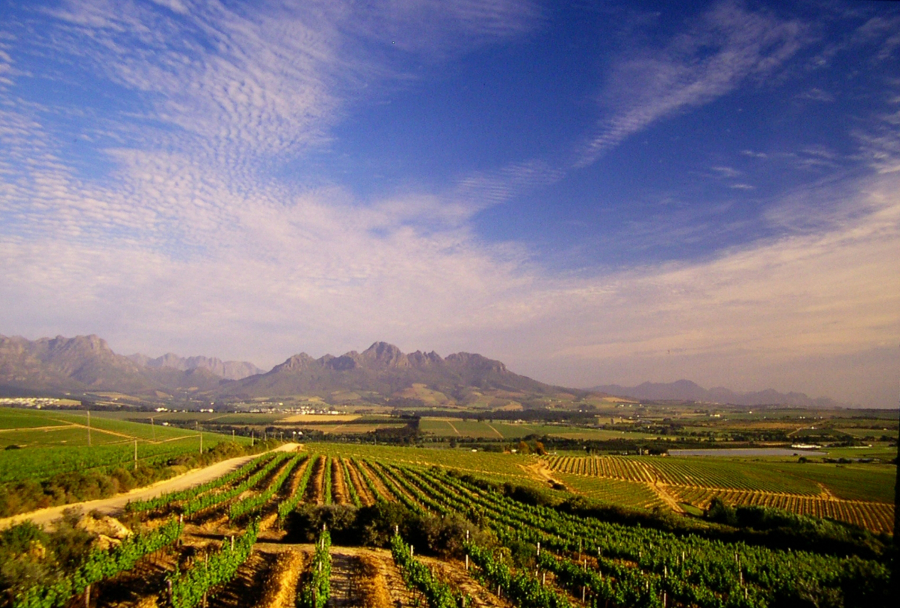
Visitors can travel back in time by staying in one of the rustic cottages here and enjoy a horse ride through the vineyards or a picnic while cruising on the lake.
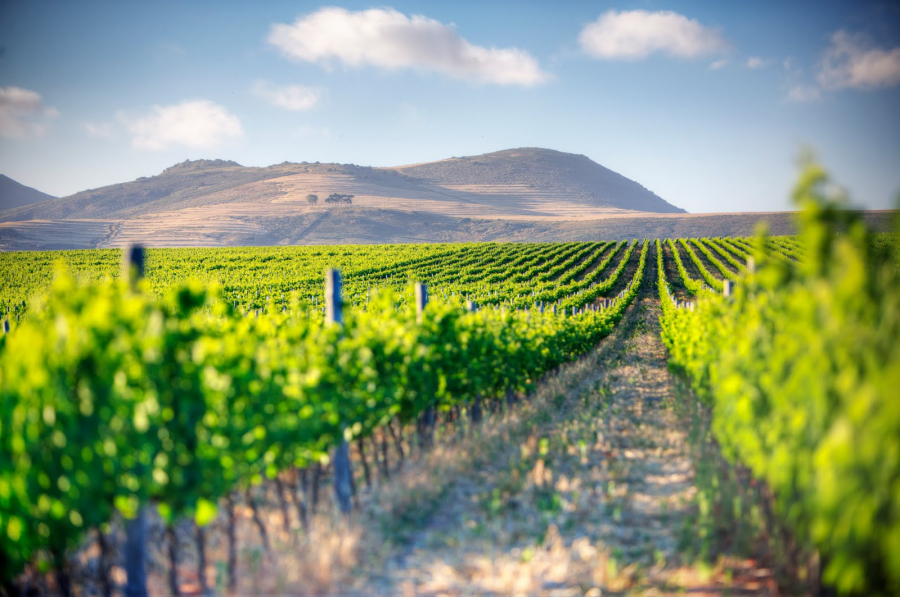
TIP:Sipping a glass of Pinotage – an exclusive South African red wine – is an experience not to be missed here.
Gondwana Game Reserve
A safari is a must on any African trip. The Gondwana Game Reserve in Mossel Bay, just a four-hour drive from Cape Town, is a great option. From luxury villas to eco-friendly thatched huts, Gondwana offers a unique experience.
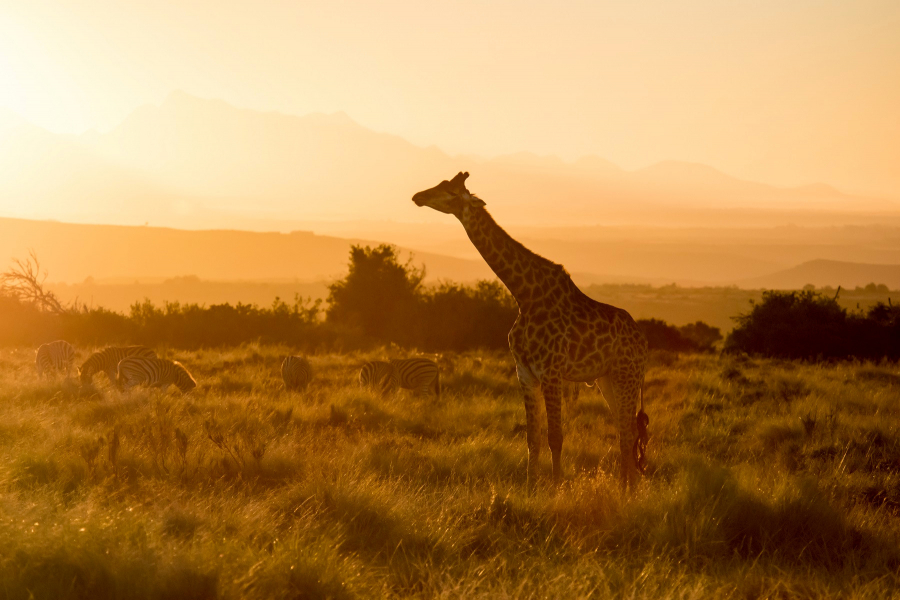
Step out onto the porch and you will see zebras leisurely strolling along the road. Then there are unforgettable moments on a trip to “hunt” the Big Four, including lions, buffalo, elephants, rhinos and leopards. After a long day on the road, don’t forget to come back and enjoy the sunset before continuing your equally exciting night adventure. Lions in particular love to roam around after dark.

TIP:If possible, a zoom lens for your DSLR camera will help you capture the wildlife here.


























